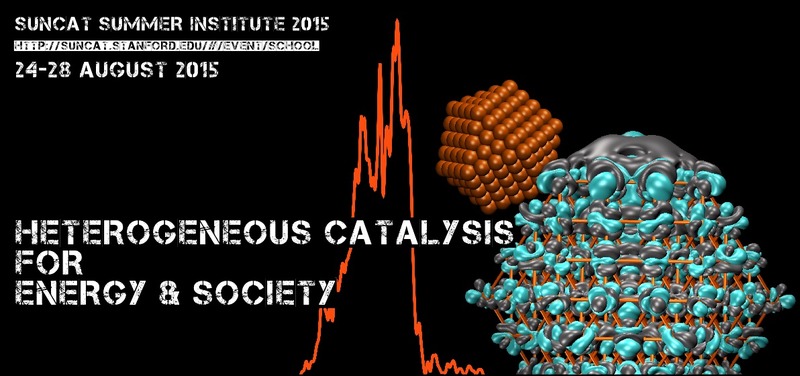Energy Resources Engineering
Plasma experiments bring astrophysics down to Earth
New laboratory technique allows researchers to replicate on a tiny scale the swirling clouds of ionized gases that power the sun, to further our understanding of fusion energy, solar flares and other cosmic phenomena.
Intense heat, like that found in the sun, can strip gas atoms of their electrons, creating a swirling mass of positively and negatively charged ions known as a plasma.
For several decades, laboratory researchers sought to replicate plasma conditions similar to those found in the sun in order to help them understand the basic physics of ionized matter and, ultimately, harness and control fusion energy on Earth or use it as a means of space propulsion.

Last modified Thu, 3 Dec, 2015 at 9:23
Atom-sized craters make a catalyst much more active
SLAC, Stanford Engineering discovery could speed important chemical reactions, such as making hydrogen fuel
Bombarding and stretching an important industrial catalyst opens up tiny holes on its surface where atoms can attach and react, greatly increasing its activity as a promoter of chemical reactions, according to a study by researchers at Stanford University and the Department of Energy’s SLAC National Accelerator Laboratory.

Last modified Thu, 3 Dec, 2015 at 9:16
Stanford researcher suggests storing solar energy underground for a cloudy day
A common criticism of a total transition to wind, water and solar power is that the U.S. electrical grid can't affordably store enough standby electricity to keep the system stable. Stanford researcher Mark Z. Jacobson proposes an underground solution to that problem.
A new study shows that wind, water and solar generators can theoretically result in a reliable, affordable national grid when the generators are combined with inexpensive storage.

Last modified Mon, 30 Nov, 2015 at 10:28
Computational Approaches to Sustainable Energy
 4:30 pm - 6 pm
4:30 pm - 6 pm
Last modified Mon, 23 Nov, 2015 at 14:01
Stanford team places 6th in Bridgestone World Solar Challenge
Arctan, a solar-powered car built by undergraduate members of the Stanford Solar Car Project, placed sixth in the 2015 Bridgestone World Solar Challenge, a nearly 2,000-mile race across the Australian outback.
Stanford was among 30 teams from around the world that competed in the Challenger Class, single-passenger cars built for sustained endurance and total energy efficiency. Other U.S. competitors came from MIT, the University of Michigan and Principia College.
Here are the top six finalists:

Last modified Fri, 30 Oct, 2015 at 15:51
Suncat Summer Institute - Heterogeneous Catalysis for Energy & Society
Last modified Thu, 13 Aug, 2015 at 11:02
New type of solar structure cools buildings in full sunlight
A Stanford team has designed an entirely new form of cooling panel that works even when the sun is shining. Such a panel could vastly improve the daylight cooling of buildings, cars and other structures by radiating sunlight back into the chilly vacuum of space.
Homes and buildings chilled without air conditioners. Car interiors that don't heat up in the summer sun. Tapping the frigid expanses of outer space to cool the planet. Science fiction, you say? Well, maybe not any more.

Last modified Thu, 28 Mar, 2013 at 12:08
Stanford scientists build the first all-carbon solar cell
Researchers have developed a solar cell made entirely of carbon, an inexpensive substitute for the pricey materials used in conventional solar panels.
Stanford University scientists have built the first solar cell made entirely of carbon, a promising alternative to the expensive materials used in photovoltaic devices today. The results are published in the Oct. 31 online edition of the journal ACS Nano.

Last modified Wed, 31 Oct, 2012 at 8:40
